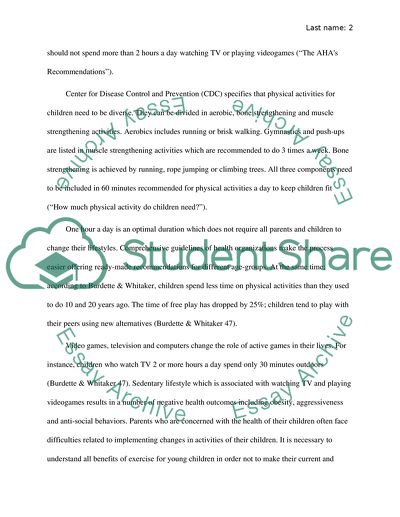Cite this document
(The Benefits of Exercise for Young Children Research Paper, n.d.)
The Benefits of Exercise for Young Children Research Paper. Retrieved from https://studentshare.org/social-science/1834005-the-benefits-of-exercise-for-young-children
The Benefits of Exercise for Young Children Research Paper. Retrieved from https://studentshare.org/social-science/1834005-the-benefits-of-exercise-for-young-children
(The Benefits of Exercise for Young Children Research Paper)
The Benefits of Exercise for Young Children Research Paper. https://studentshare.org/social-science/1834005-the-benefits-of-exercise-for-young-children.
The Benefits of Exercise for Young Children Research Paper. https://studentshare.org/social-science/1834005-the-benefits-of-exercise-for-young-children.
“The Benefits of Exercise for Young Children Research Paper”, n.d. https://studentshare.org/social-science/1834005-the-benefits-of-exercise-for-young-children.


